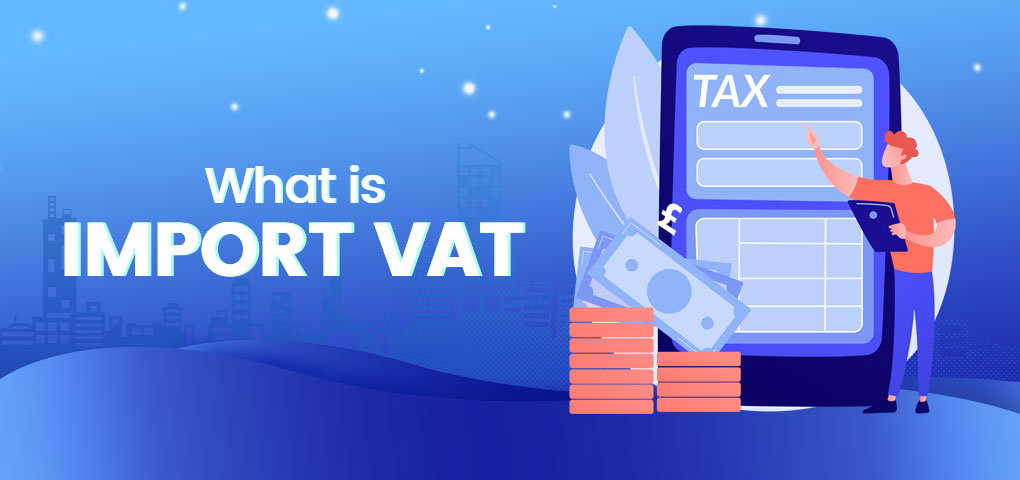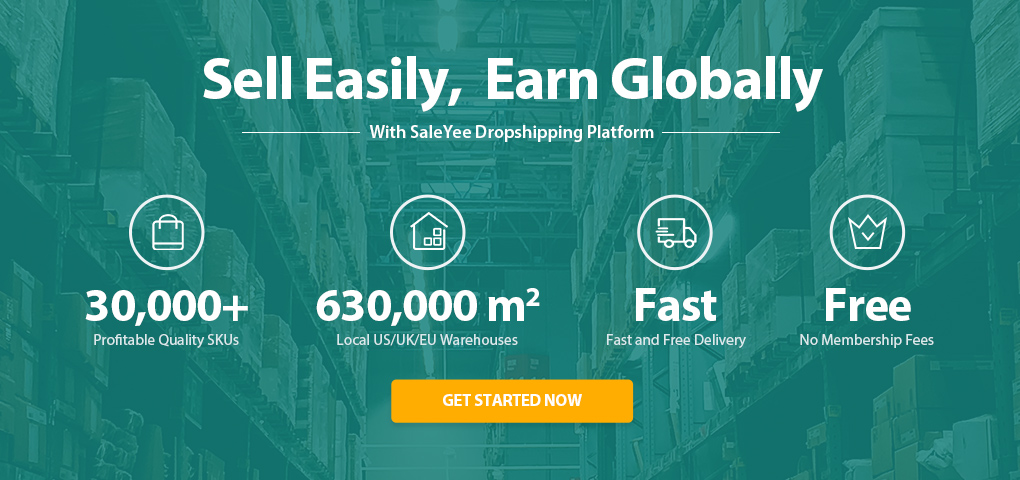To successfully conduct business in the UK, you need to be familiar with import VAT (value-added tax). It will allow you to import goods more easily and clear it with the authorities so you can sell to your consumer. However, many people worry about the import VAT rate.
You should not worry, though, because you can simply transfer this tax onto the consumer. Here is everything you need to know about import VAT UK so you can conduct business easily.
What Is Import VAT?
Before we move onto how you can calculate VAT on imports, you need to understand what it is. VAT is a tax levied on goods entering the UK or any other EU country, for that matter. Any good imported from a country outside the EU will require an import VAT.
As a general rule of thumb, here are three of the most important things you need to know:
· Import VAT is applied to all goods that cost more than £15
· It is applied to all gifts that have a worth of over £40
· It is applied to all products (regardless of value) that sent to the UK from the Channel Islands
Many people inside the EU ask, "Do I have to pay VAT on imported goods from EU?" The answer is no, you don't. If goods are circulated inside the EU, businesses are not liable to pay any import VAT rate.
Goods imported within the EU are known as intra-EU purchases. These purchases can also be subjected to some VAT payments. However, you can claim this amount back in your VAT return if you are a VAT registered business.
Products that are intra-EU will not be liable to give any import duty or tax. Now that you know the basics of import VAT let's move on to how this works.
How Does Import VAT Work?
If you are a business operating inside or even outside the UK, you need to know how much is imported VAT and how it works. It will allow you to run your business smoothly as you will be familiar with all the technicalities. Here is how an import VAT UK works:
· Firstly, you need to purchase the good from your country of import
· You have to pay import VAT for clearance
· During this, you have to provide a valid VAT ID or EORI number for the European office
· After that, you can ship the imports into the UK
· You can pay the VAT charge during this process, and customs will clear your shipment within a few days
Here are also some of the criteria that have to be met if you are importing goods:
· Both the importer and the exporter need to have a valid VAT number
· You have to note your customer’s VAT number on the invoice of sale
· You have to check the foreign customer's VAT number against the EU VIES
· You need to have documentation proof of the movement of goods across the border
· The products need to leave the country within a specific time. It is usually three months
If you want everything to go smoothly, these conditions have to be met. Otherwise, authorities might find you responsible for any missing VAT. In case your customer does not have a valid VAT number, or if you are selling to individuals, you have to charge the country's VAT rate that has dispatched the goods.
How To Calculate Import VAT
Many people wonder how much import VAT is. They use an import VAT calculator for this to have some ease in the calculation. However, you don't need an import VAT calculator UK to understand what the VAT rate is.
In simple terms, the import VAT rate you are charged on the goods is dependent upon the fact of your business is VAT registered or not. For example, the UK import VAT rate is the same rate that is applied when you purchase the goods within the UK.
Such a rate in the UK fluctuates above or below 20% typically. However, you need to keep in mind that the import VAT is paid on the total cost or amount of the shipment. For example, the value of goods, shipping cost, and any other duty will be used to calculate the import VAT rate.
Some goods are even subjected to a low VAT rate. Goods such as antique works of art, and collector’s items all fall under this category. You can also find more information for goods with a reduced rate of VAT on the website of HMRC.
If you still don’t understand how VAT is calculated, there is always technology to help you out. You can utilize an import VAT calculator to understand how much you will have to pay for this tax. There are many available online that will calculate your import VAT rate within seconds.
You can also choose a third-party agent to help you with this process. They will calculate the import VAT rate for you and ensure that your goods are cleared without any hassle. So, if you still don't understand how to calculate the rate or you don't want to, then you can hire the services of such a business.
Your transaction will become much easier, and you will be able to get everything cleared in no time. However, once you meet these conditions, and you calculate the import VAT rate, the process should be a breeze.
Final Words
That was your complete guide to import VAT. You have to understand that the rules and regulations are different for goods circulating within the EU and goods being imported from an outside country. That is why you need to ensure you are well-versed with the regulations, so you make no mistakes.
Once you are familiar with the tax regulations and you know how to calculate the import VAT rate, you can import goods from any country in no time. So, what are you waiting for then? Calculate your import VAT rate now.





